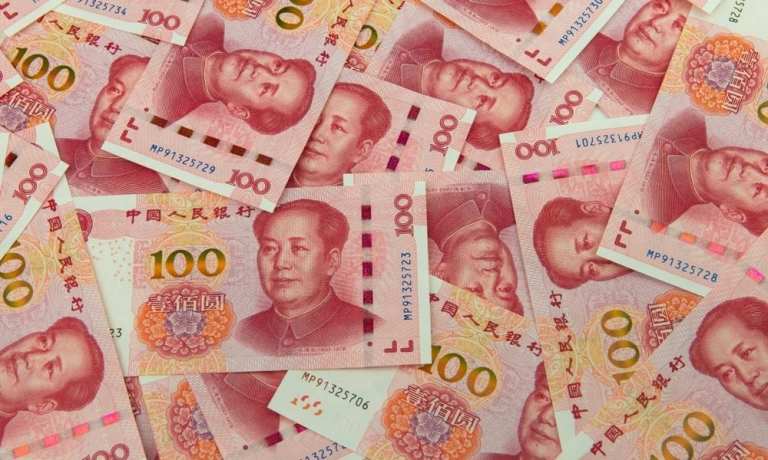
In some ways, the United States and China exist as mirror images, at least when it comes to economic drivers.
In other words: Live by the consumer, die by the consumer. The sentiment may seem extreme, but the truth is that a faltering consumer means faltering GDP growth.
The headlines as of late – the ones focused on the impacts of the tariffs and trade wars between the two nations – have seemingly focused on the U.S. consumer.
Depending on where you look, the tariffs levied by the Trump administration, where a new round has just gone into effect, will cost U.S. consumers as much as $1,000, at least as estimated by JPMorgan.
What about the other side of the equation? How are Chinese consumers faring, and how might they fare as tariffs climb ever higher? The question is a fair one, given the fact that economists think China’s growth rate will fall below 6 percent, an important benchmark. That’s because the Chinese government has a stated goal of doubling the economy as measured through the past decade. The rate that is needed to get there is a bit north of 6 percent, annualized. The goal looks increasingly elusive.
To get to that pace, of course, firms need to produce goods – and consumers, in the domestic market, need to spend and consume those goods.
The latest data shows that factory activity in China was down in August for the fourth month in a row. As the National Bureau of Statistics estimated, the Purchasing Manager’s Index slipped to 49.5, off from 49.7 in July. The reading was worse than economists had estimated (where the consensus saw an unchanged reading), and it should be noted that a reading below 50 indicates contraction where once there was growth. Yes, the trade war is to blame, at least insofar as exports are concerned, and where export orders were 47.2.
Read a little deeper, and orders placed domestically were down – while at the same time, as CNBC reported, the employment measure was 46.9, down from 47.1 in July.
Connect the dots, and the firms that serve consumers are pulling back on orders while cutting back on jobs. Wages, of course, fuel consumption.
The Ripple Effect on Spending
Against this backdrop, Fitch, it was reported this week, said online retail sales were up 36 percent in July, as measured year over year. Perhaps one marquee name here is Alibaba, where commentary last month from management and a 40 percent jump in sales showed that consumers were still spending.
But July was July, and the latest quarterly report was another snapshot, and day by day those reports get farther away in the rearview mirror. Longer-term, the transition toward spending across channels remains intact. As Fitch said in its report, “the line between pure eCommerce and traditional retailers is blurring as both invest in new sales models.”
Costco is another example here, where sales had been purely online, but now the company has branched out into the brick-and-mortar world, opening a store in Shanghai that was, simply, mobbed.
Though retail sales, as measured under the domestic trade definition of the National Bureau of Statistics of China, came in at roughly 203 trillion yuan, up 7.6 percent. Not bad – but the growth rate as measured through previous months (again, year over year) has been 9.9 percent. So, a slowdown seems in the cards. Any drag on consumer spending comes in the face of tax cuts that have been worth as much as $298 billion USD equivalent this year.
For consumers to continue to spend, they must feel sanguine about their job and wage prospects. The Chinese central bank has recently tried to lower borrowing costs through what has been termed interest rate “reform” through the “loan prime rate” that, theoretically at least, will stimulate credit demand across smaller and private businesses. Banks are also seeing lower reserve requirement ratios, which mandate the capital that must be kept on the books.
Late last month, the State Council, which is China’s cabinet, listed 20 initiatives geared toward boosting domestic consumption, including more “night markets” to encourage spending at night, as well as inducing eCommerce firms to work with factories and streamline sales. The government, according to the South China Morning Post, has said exporters should turn some efforts inward and create branded products for domestic consumption.
But what happens if demand does not pick up? Eventually, there are fewer and fewer levers to pull and wallets stay shut, impacting domestic consumption and retailers beyond China (such as Tiffany, of course, and Costco, and many others). The ripple effects of a trade war drag on, and now threaten to swamp all sides.